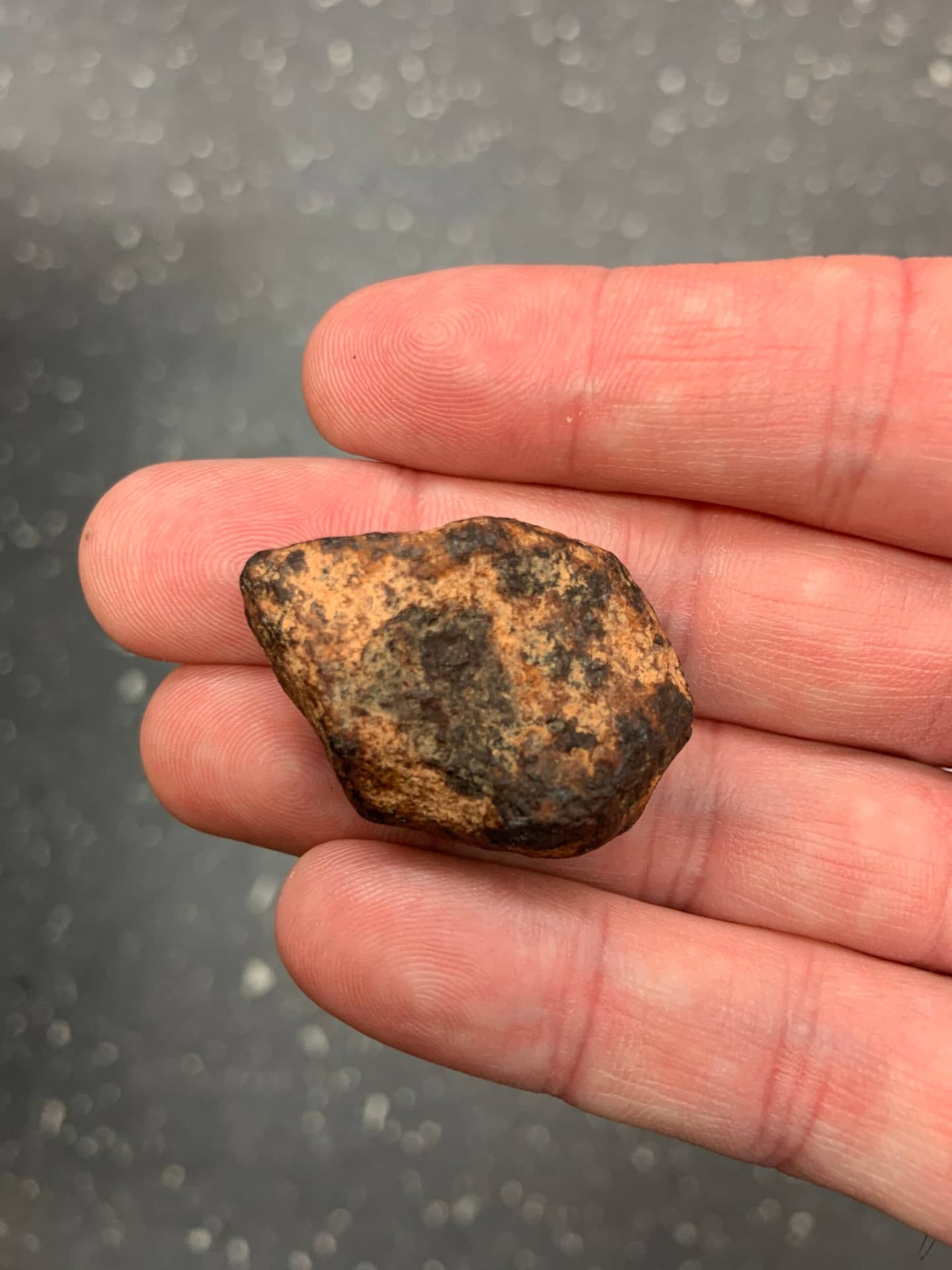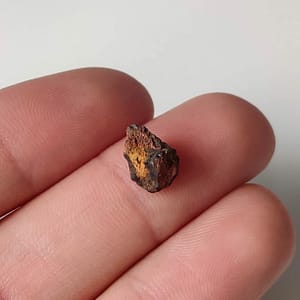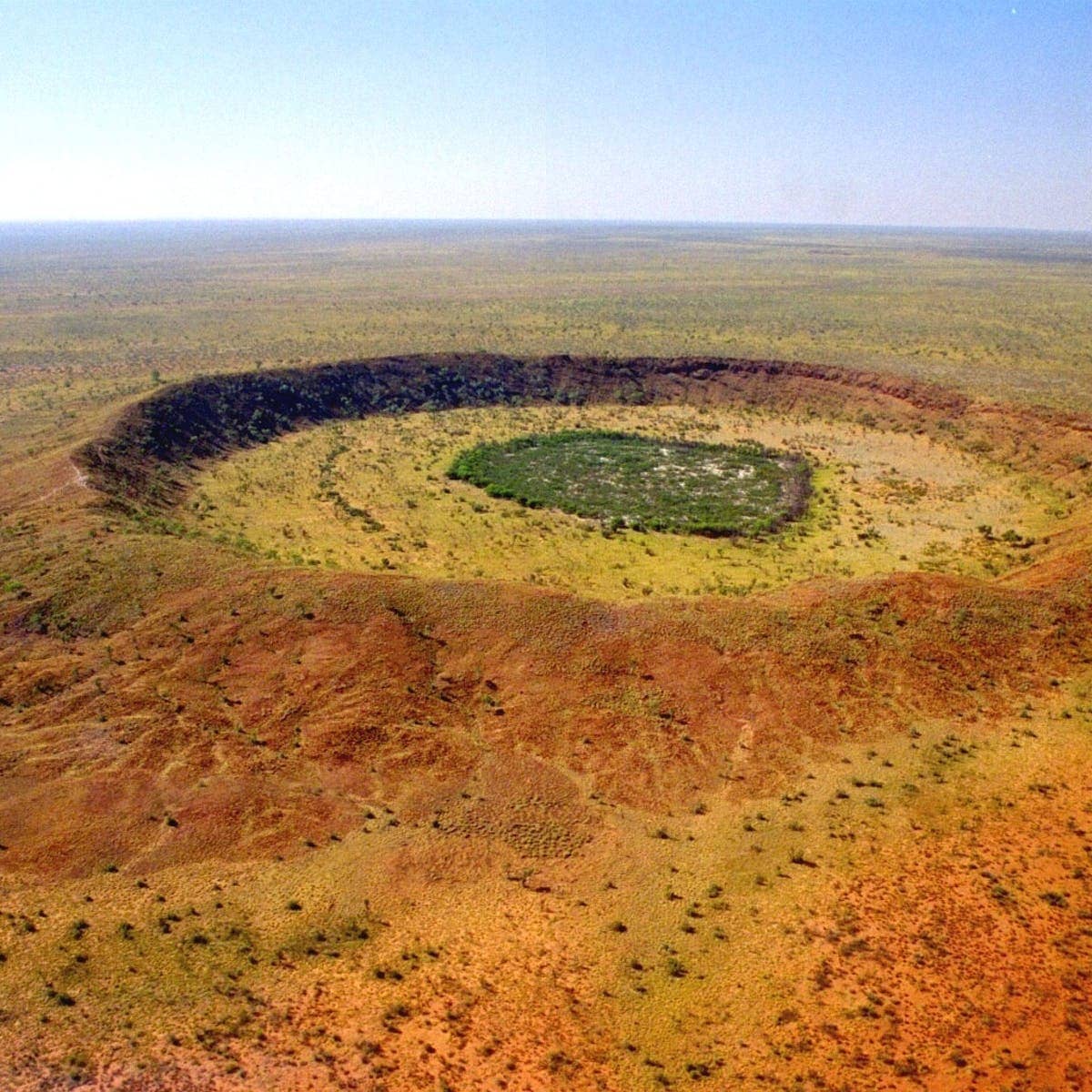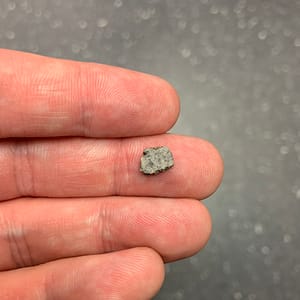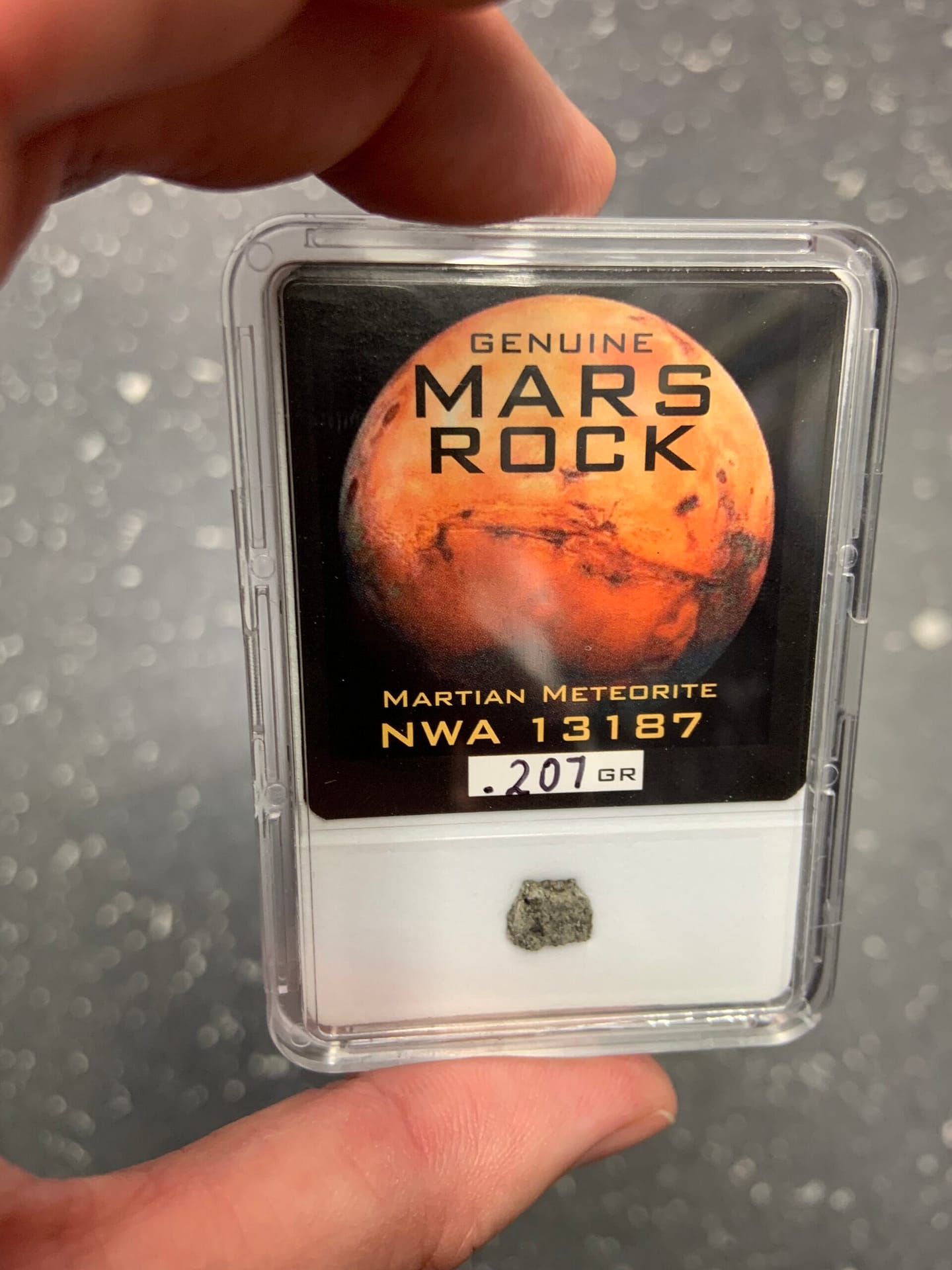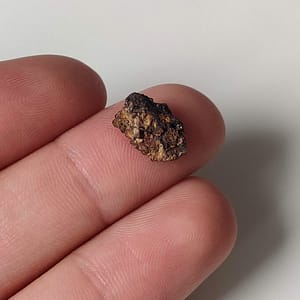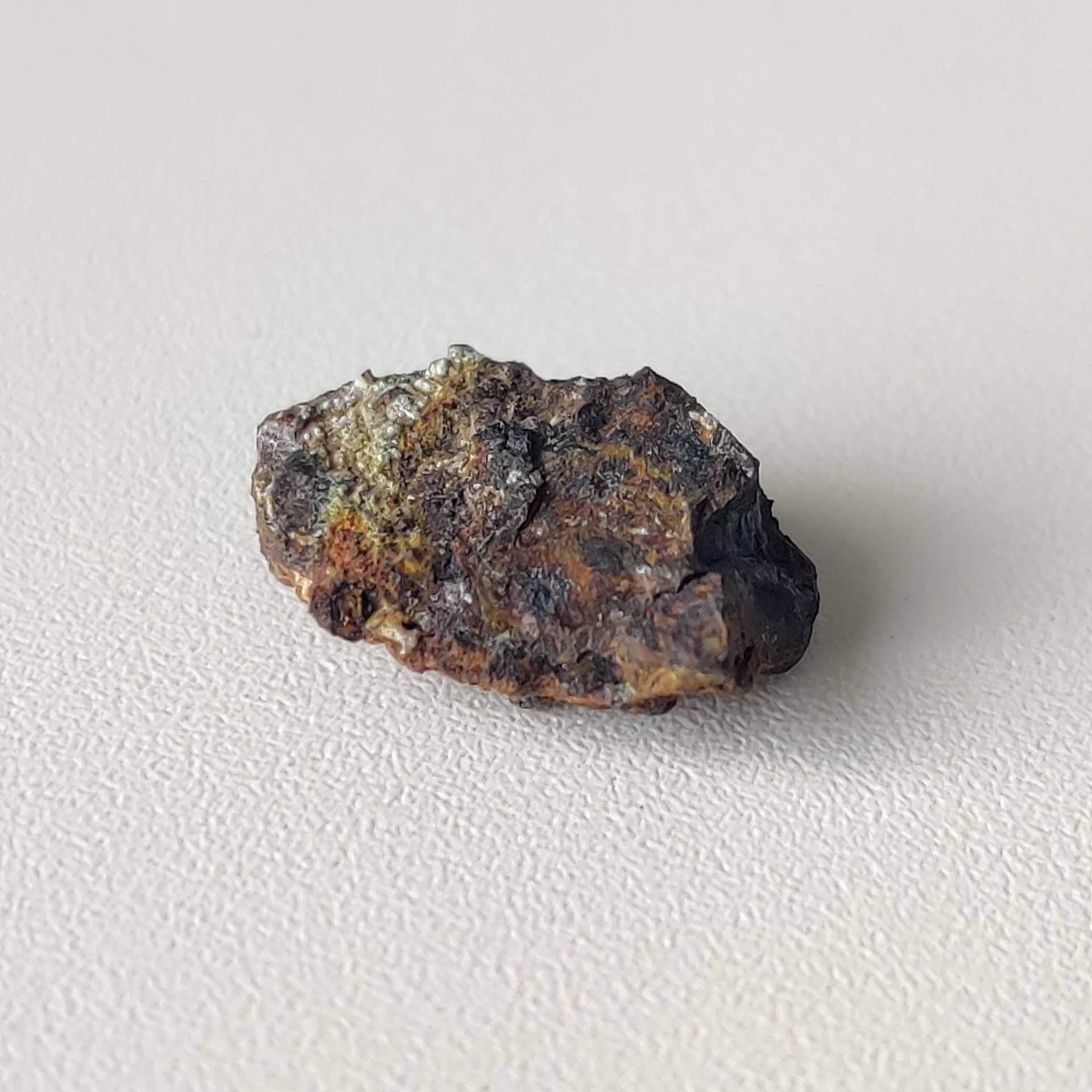A natural fragment of the Mundrabilla meteorite.
Specimen Name: Mundrabilla
Specimen Type: Iron-medium octahedrite
Location of Find: The Nullarbor Plain, Western Australia
Date of Find: 1911
Perfect as a gift! Who wouldn’t want to own part of an asteroid!
The first piece of Mundrabilla was discovered in 1911 in the Nullarbor Plain in western Australia, however this piece only weighed 112g. Between 1911 and 1965 several more small pieces were found all from the same meteor. However, it wasn’t until 1966 that the majority of Mundrabilla was discovered. Geologists R. B. Wilson and A. M. Cooney came across two massive pieces, one 12.4 tonnes and the other 5.44 tonnes 180m apart while engaged on a geological survey to the north of the Transcontinental Railway in the Nullarbor Plain. In 1979 two further masses of 800kg and 840kg were found 20km east of where the two large masses had been found. Overall the total mass of Mundrabilla was thought to be an astonishing 24 tonnes!
Mundrabilla is classified as an “Iron-medium” meteorite simply because it contains a very high concentration of iron which makes it highly magnetic. An octahedrite is the most common structural type of iron meteorites, it means that it has a certain concentration of nickel that leads to the exsolution of kamacite out of taenite.
Mundrabilla contains mostly iron which means its exterior is red and black with a rough and bumpy surface. As its an octahedrite, its low concentration of nickel creates a triangular crisscross pattern on its cross section if you were to cut it open, this cross section would appear silvery and shiny but with patches of dullness across it.
Our Mundrabilla comes in a small plastic casing. You will also receive a Specimen Identification Card for you to display at home.
More information about Mundrabilla can be found at The Meteoritical Society website here.
